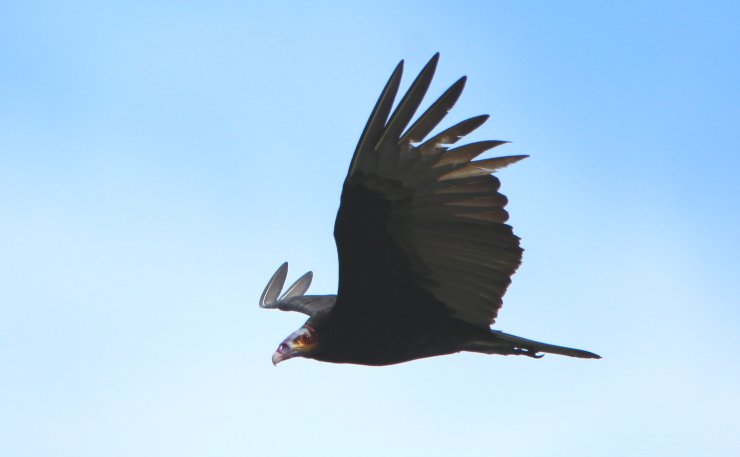
Because of our age, Mexico’s rising COVID-19 numbers, and my wife’s anxiety about infectious diseases in general, we have been in total lockdown at the Lewis home. TOTAL lockdown. To be specific, I have not walked out our front door since April 15th. (Milady locked herself down back in March.) Our wonderful daughter-in-law buys groceries for us each Monday, and we have a few other things delivered. I have become an expert at paying the bills online, because we do not have to-home postal service here.
Since the migratory season ended down here, I have not managed to see more than 20 species in any single day from my yard. (Believe me, I’ve tried — my neighbors must surely wonder why I spend so much time up on my roof, looking at their trees.) So, of course, I had seen no lifers since the Rufous-naped Wren with which I shared a yard in Acapulco, back in January. And I did not expect to find another lifer until I could traipse the hills again.
Given the depressing nature of this homebound situation, I have been consoling myself, with varying degrees of success, by going through my backlog of photos. The best photos go on my screensaver rotation, and those of lesser quality, but “scientific” interest, get saved in my digital files. 95% or more are then eliminated, in an attempt to keep more computer memory free. (This probably opens up some space on my cerebral memory as well.)
I do enjoy going through my photos once more, with the memories they bring me. Sometimes I get to enjoy reliving the moment I discovered, at home, something unexpected in the photos that I hadn’t noticed in the field, like the time I realized a photo of a Myiarchus flycatcher also contained my first Ferruginous Pygmy-Owl. But what I do not expect is to find anything new in them, months after the fact.
Which is exactly what happened a few days ago. On that same ministry trip to Acapulco in January of this year, I was housed in a beautiful home with a large patio, on a forested ridge overlooking Acapulco Bay. No alarm clock was needed; the raucous calls of West Mexican Chachalacas and White-throated Magpie-Jays made sure I got up each morning at 7:00 a.m. The above-mentioned Rufous-naped Wren added some melodious notes to the mix, along with Tropical Flycatchers and several other species. White-lored Parrots gave their own screech as they flew overhead, although I was never able to take their portrait.
 Nice view!
Nice view!
 Nice forest!
Nice forest!
But when a single Turkey Vulture slowly rode the thermals up the mountainside, I had to take a picture. It was so close that I had trouble fitting it into the frame. Turkey Vultures can be surprisingly handsome birds when their silvery primaries catch the light. But they are very common in Mexico, and I usually try not to photograph them, except perhaps to rule out the chance of the similar Zone-tailed Hawk, which often soar among Turkey Vultures, to avoid being discovered for the predators they are.
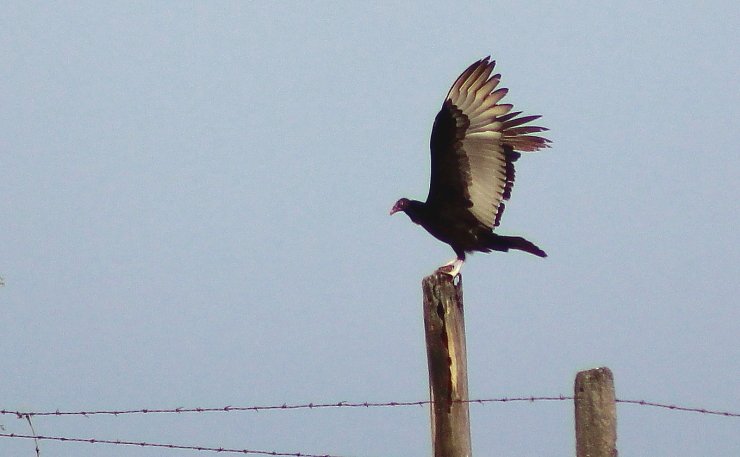 Turkey Vulture
Turkey Vulture
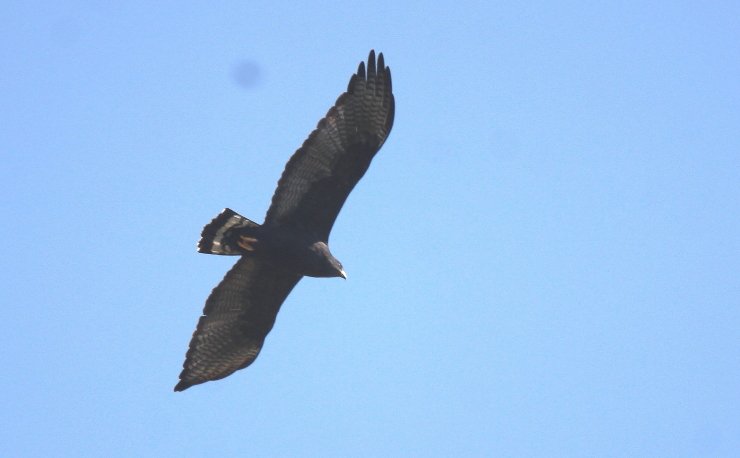 A Zone-tailed Hawk imitating a Turkey Vulture
A Zone-tailed Hawk imitating a Turkey Vulture
This was one of my closest encounters with a vulture, which is saying a lot. Still, it was just another vulture with long silvery wings and a pointed face, so I didn’t look too closely at the photos at the time.
It was the moment in which I tried, this week, to determine whether the quality of the photo I had kept merited its inclusion on my screensaver rotation, that I noticed something very surprising: my Turkey Vulture had the wrong head color! Its face was, in fact, the face color of the Lesser Yellow-headed Vulture, a bird I had never before identified. Indeed, it is a bird that supposedly should not even have been in the state of Guerrero, much less in the city of Acapulco.
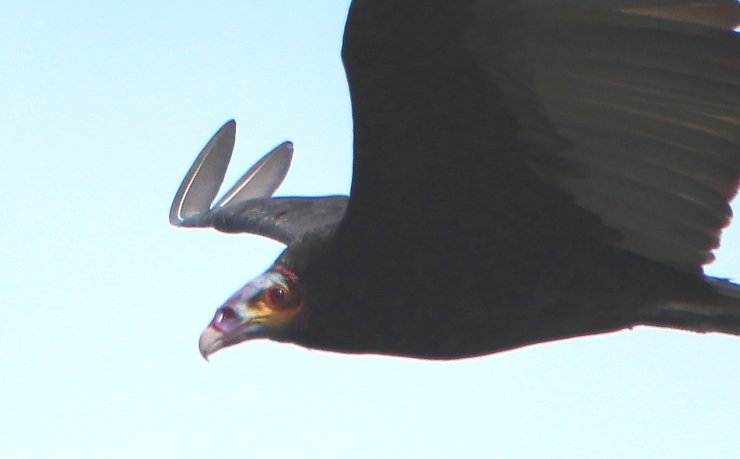 There’s something about that face.
There’s something about that face.
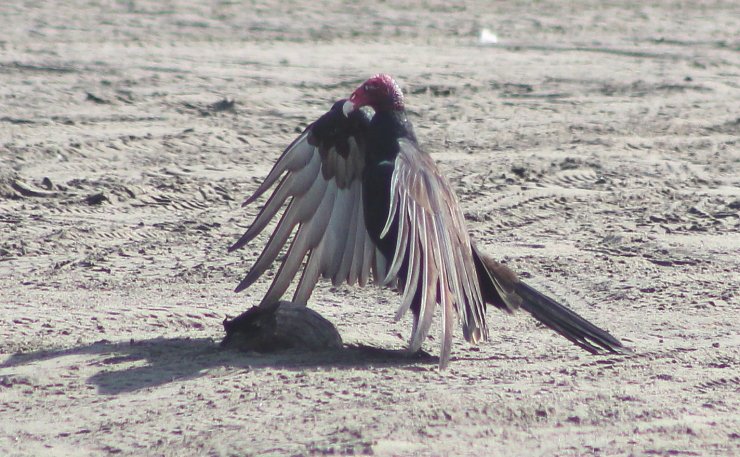 In contrast, TurkeyVulture heads are nothing but red.
In contrast, TurkeyVulture heads are nothing but red.
The Lesser Yellow-headed Vulture is a mostly solitary vulture, found from Uruguay to Mexico. Within Mexico, it is not too hard to find on our eastern Gulf of Mexico coast, but it is difficult to see on the western Pacific coast, and should supposedly only be found there in Oaxaca and Chiapas states, to the southeast of Guerrero state and its city of Acapulco. Mine was the fifth sightings registered with eBird from Guerrero, and the first within Acapulco. There are only two eBird registries for Oaxaca state, although dozens have been seen in Chiapas, the state bordering Guatemala. Which makes my sighting a very satisfying one, indeed, all the more so because mine is the first photo of this species from Guerrero on eBird.
During these stressful times, we have to find our satisfactions where we can. If I can’t get out and see the birds I love, it’s great to know some interesting bird may still be lurking, among the ones I have already seen.




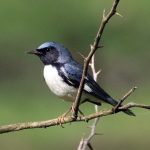

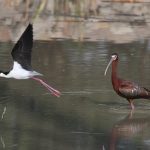
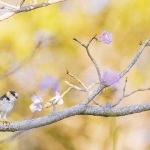
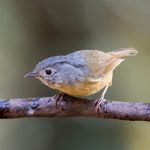


Ha! What a lesson in vulturing. I experienced something very similar myself, while in Suriname. Making haste to get back into the vehicle as some rains blew in, I quickly photographed a distant vulture (which I assumed to be a TV) and hopped in, and we drove off. It was only hours later when reviewing the images I realized it was a Lesser Yellow-headed Vulture – a lifer for me.